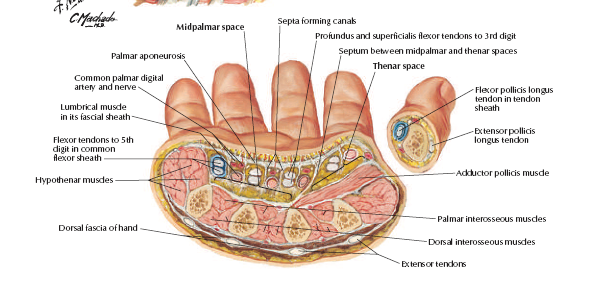
What is carpal tunnel syndrome (CTS)?
CTS is a condition that causes pressure to build in the carpal tunnel. The carpal tunnel is a small area between bones and tissues in your wrist. Swelling in this area puts pressure on the median nerve. The median nerve controls muscles and feeling in the hand.
What increases my risk for CTS?
CTS is more common in women than in men. Any of the following may also increase the risk for CTS:
- Older age
- A family history of CTS
- Activities that use forceful or repetitive movement of your wrist and hand
- A past or current wrist injury
- Pregnancy or obesity that puts pressure on the area from swelling
- A health condition, such as diabetes, arthritis, or hypothyroidism
What are the signs and symptoms of CTS?
- Dull, sharp, or shooting pain in your hand
- Numb, tingling, or burning feeling in your thumb and first, middle, and ring fingers
- Arm pain or tingling that may move up your arm toward your shoulder
- Weakness in your hand
- Swelling in your hand
- Not being able to control how your hand moves, or not being able to use your fingers easily
How is CTS diagnosed?
Your healthcare provider will examine your hand and arm. He or she will ask how long you have had symptoms and what makes them worse. Tell your provider if you have a family history of CTS. You may also need any of the following:
- Tests may be done to check for pressure on your nerve or to test how well your nerves are working. Your healthcare provider will tap, squeeze, press on, and gently move your wrist in different ways.
- X-ray, ultrasound, or MRI pictures may be used to look at the bones in your wrist and hand. You may be given contrast liquid to help your wrist show up better in the pictures. Tell the healthcare provider if you have ever had an allergic reaction to contrast liquid. Do not enter the MRI room with anything metal. Metal can cause serious injury. Tell healthcare providers if you have any metal in or on your body.
Rack Number
Specimen Number
22
